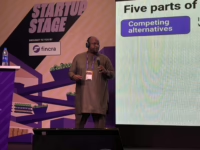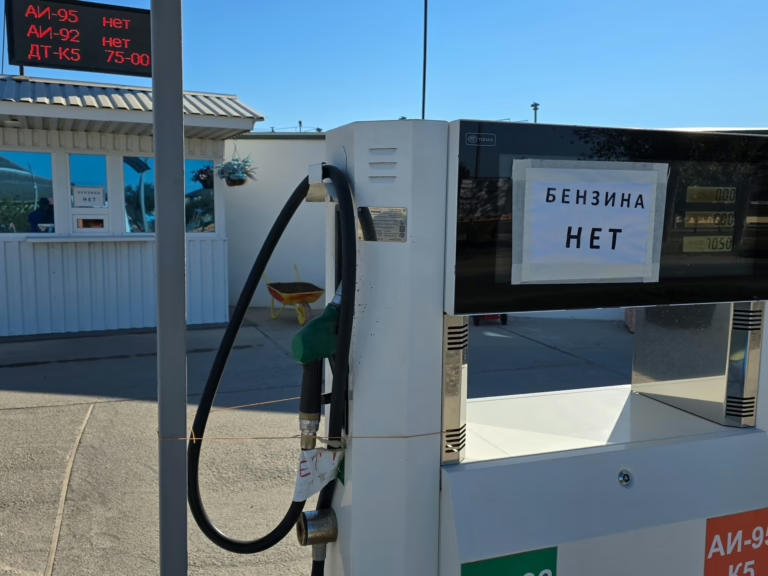Kyiv, Ukraine – In 2014, following Russia’s annexation of Crimea, Moscow assured the peninsula’s inhabitants of improved wages, upgraded healthcare facilities, and modernized infrastructure.
Yet, nearly eleven years on, residents face near-daily Ukrainian drone and missile strikes, erratic power outages, and an escalating fuel shortage.
“I frequently encounter vehicles abandoned on the roadside due to empty fuel tanks,” shared Ayder, a local from Simferopol, the administrative center of Crimea, speaking to Al Jazeera.
His vehicle operates on natural gas, which has become somewhat more accessible recently.
“Gas stations are plagued by long queues and even physical altercations since a 20-litre (5.3 gallons) fuel cap per vehicle was enforced,” he added, choosing to remain anonymous out of concern for repercussions from authorities for engaging with foreign media.
This scarcity stems from a sustained Ukrainian offensive targeting Russian oil infrastructure, including refineries, pipelines, pumping stations, terminals, fuel storage sites, and even vessels of the so-called “shadow fleet” that continue transporting crude oil despite Western sanctions.
In the early hours of Monday, Ukrainian drones struck five storage tanks at the oil terminal in Feodosiya, a Crimean port city, igniting a massive blaze and releasing a thick, foul-smelling smoke plume, while also damaging two power transmission facilities.
Strategic Targeting of Russian Oil Infrastructure
Kyiv’s campaign employs increasingly advanced drones and missiles developed domestically.
This has curtailed oil refinery production by as much as 20%, dealing a blow to Russia’s economy and unsettling President Vladimir Putin’s inner circle, particularly those with stakes in the oil sector.
“The adversary is experiencing a fuel deficit reaching up to 20% of their requirements,” Ukrainian President Volodymyr Zelenskyy stated on October 8.
“Ukrainian forces identified a vulnerable point and have been systematically striking it,” explained Volodymyr Fesenko, director of the Kyiv-based Penta think tank, in an interview with Al Jazeera. “This approach aims to pressure Russia into initiating peace talks.”
Beyond the economic impact, these attacks carry psychological weight.
Oil refineries are vast complexes filled with distillation towers, storage tanks, extensive pipelines, and large fuel depots, which are challenging to defend with air defense systems and highly susceptible to fires.
Successful strikes often result in prolonged blazes lasting hours or days, leading to extended halts in refining operations.
“Morale is low. We’re bracing for a complete disaster,” said Valentin, a resident of the western Ryazan region, who also requested anonymity due to fear of retaliation.
Valentin witnessed or heard all six drone attacks this year on the Ryazan refinery, which processes 18 million tonnes of oil annually-approximately 6.9% of Russia’s total output.
This refinery is owned by Rosneft, a company controlled by Igor Sechin, a longtime associate of Putin and former Portuguese interpreter.
According to Ihor Romanenko, former deputy chief of Ukraine’s general staff, oil refineries are legitimate military targets.
“Fuel and lubricants are the lifeblood of Russia’s military logistics. Their weapons and equipment require vast amounts of these resources,” he told Al Jazeera.
Ukraine primarily utilizes its own drones and rockets, as the United States has yet to decide on supplying advanced Tomahawk missiles, Romanenko noted.
During preliminary negotiations in Istanbul, Turkey, Moscow demanded Kyiv halt attacks on refineries, but Kyiv insisted on broader ceasefire terms, including a full stop to air strikes-demands Moscow rejected.
“They wanted us to cease actions that hit their vulnerabilities,” Romanenko explained.
Reports indicate that in 2025, at least 21 of Russia’s 38 major refineries have suffered damage from attacks.
Several facilities have been targeted multiple times, causing operational shutdowns lasting weeks and sparking panic among nearby residents.
“Where is the air defense? Are they planning to shoot down drones with slingshots?” a man shouted while recording a drone strike on the Kirishi refinery near St. Petersburg, which processes 17.5 million tonnes of oil annually, or 6.6% of Russia’s output.
September saw a peak in attacks, with 40 strikes recorded, according to Re: Russia, an online platform run by exiled Russian analysts, as reported on October 8.
Gas production across Russia dropped by up to 27%, leading to shortages, price surges, and declining fuel quality.
While Crimea’s fuel depots are relatively vulnerable, Ukrainian drones have extended their reach well beyond the Ural Mountains, the traditional divide between European and Asian Russia.
During World War II, numerous Soviet military factories were relocated to the Urals to evade Nazi air raids. Now, Ukrainian drones are capable of striking even these distant targets.
On October 7, a refinery in Tyumen, a city in western Siberia located 2,000 km (1,240 miles) from Ukraine’s border, was hit-surpassing the previous record by approximately 400 km (250 miles).
However, Nikolay Mitrokhin from Bremen University in Germany cautioned that the overall economic damage to Russia from these drone strikes “amounts to only a few percentage points,” while some Ukrainian and European budgets suffer “irreparable harm” due to the high costs of the offensive.
Without directly altering the frontline conflict, the drone campaign provokes Russian retaliatory attacks on Ukraine’s energy extraction and refining facilities, infrastructure, and rail networks, Mitrokhin added.
On October 10, a significant Russian drone and missile assault targeted two thermal power plants in Kyiv, resulting in a blackout lasting several hours.
“It was a direct hit; there’s nothing left to fix,” said Mykola Svyrydenko, a resident near Thermal Power Station 5 in central Kyiv, in a conversation with Al Jazeera.





















